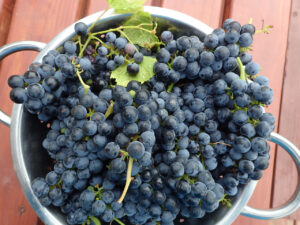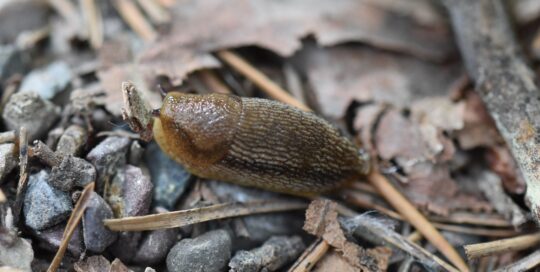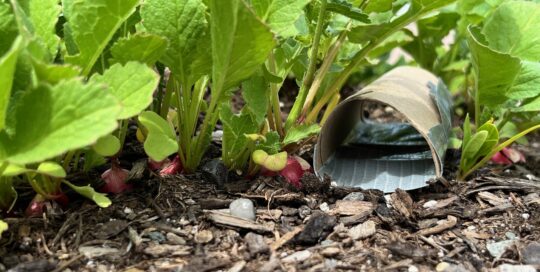Deciphering Grapevine Diseases
Views: 768

I’m finally planting grapes again. I had one vine that a friend gave me years ago, but it succumbed to the series of brutal winters. After harvesting 80 pounds of grapes from a lovely local couple last fall, I’m planting “Valiant” and “Reliance” varieties to hopefully be knee deep in grapes for many years to come. But, with that said, it’s also good to know grapevine diseases and how to prevent potential infections so we do have a harvest.
Why Not Add Fruit Plants to Your Garden
Conditions that Favor Grapevine Diseases
The primary grape diseases are fungal infections. As a result, temperatures between 68 and 70 degrees F and wetter conditions are ideal. If your early summer follows this pattern, scout regularly to pick up on changes in the plants.
With that said, the first step in disease prevention is picking the right site. Choose an area with full sun and good air circulation, along with soil that doesn’t remain soggy.
Fungal Infections
Downy Mildew – If you see light yellow spots on the grapes’ leaves, flip them over to check for small downy looking spots on the underside of the leaf. This is most likely downy mildew, caused by the Plasmopara viticola fungus. It’s typically found later in the season, but if left unchecked, the leaves turn brittle and die, harming the overall plant. Cut off any infected parts of the plant and dispose of them away from the garden. Use a fungicide spray according to the label directions to keep the infection in check.
Powdery Mildew – Like downy mildew, powdery mildew is one of the more common grapevine diseases. It’s often spotted by the white, fuzzy down on the undersides of the leaves, but it can show up on the flowers, canes and even the grapes. Powdery mildew prefers warmer temperatures of mid to late summer. If it’s an issue in your area, spray the new growth in the spring, right after the plant blooms, and every couple of weeks while growing with a fungicide.
Bacterial Grapevine Diseases
Crown Gall – European grape varieties, along with those grown in northern climates, are more susceptible to this grapevine disease. Sometimes crown gall appears because of trauma to the plant because the bacteria lives in the soil for years and can infect the plant through a wound. Look for a tumor-like growth near the graft of the grapevine. If there is an infection, cut out the compromised vine.
Bacterial Leaf Spot – This disease prefers high humidity (70 percent or above) and temperatures in the 70s, and it often starts on young parts of the plant. Look for small water soaked looking spots on the leaves that enlarge as the infection continues. It also affects the fruit and shoots causing dark spots. Like other bacterial infections, leaf spot can often be controlled by a copper spray administered throughout the season. It doesn’t eliminate the leaf spot, but works well in preventing the spread.
Viral Infections
Grape Fanleaf Virus – Around May and June, inspect your plants for grape fanleaf virus that begins by affecting the growth of the shoots, as well as the leaves. Both may form abnormal patterns, and the leaves often have a mosaic appearance along the veins. Unfortunately, this also looks a bit like herbicide damage. But, if you haven’t sprayed anything nearby, consider this infection as the culprit. Unfortunately, the only treatment is removing the vines.
Overall Prevention of Grapevine Diseases
Even though some of these infections are not difficult to treat and do not ultimately kill the plant, the best way to avoid any issues is to choose disease-resistant grape varieties. Depending on the issues prominent in your area, grapes are a large enough crop to have specific types that grow without concern.
Meet Amy Grisak
Amy is a freelance author and photographer in Great Falls, MT who specializes in gardening, foods, and sustainable agriculture. She provides information on every kind…
Amy's Recent Posts

Staying on Top of Slugs








